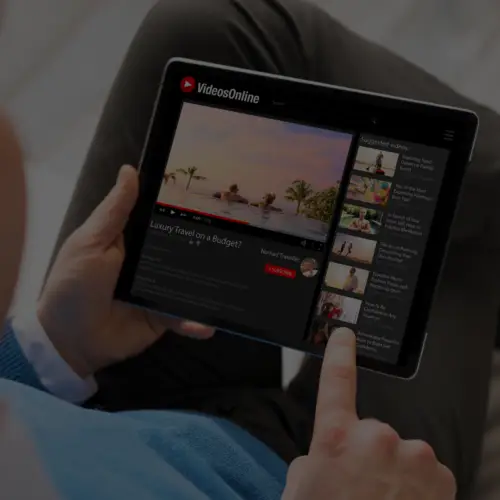11 Nov Twitter’s Wall Street Debut and What it Means for Marketers
Twitter recently went public and the news has created quite the buzz in the marketing, advertising, and social media industries. This blog post will explore a few areas we think may change as a result of the initial public offering and how that will affect brands in the social space.

Monetization
Twitter earns the majority of its revenue from advertising. Now that the company is public traded and beholden to the Street’s mercurial financial expectations, it will need to find new, creative ways to grow its user base, its advertiser base, and its suite of ad products in order to continue its impressive revenue growth. This increased market pressure to make money may mean more “in stream” ads as well as real-time video clips embedded in tweets and higher CPMs. Brands shouldn’t rely exclusively on Twitter’s Promoted Products, but should strive to develop engaging and relevant organic content to connect with its target demographics.
Prior to filing for IPO Twitter has made acquisitions in four sectors: advertising, multimedia, television, and engineering and we can expect that future acquisitions will fall into one of these sectors.
Social Mobile
When Twitter filed for its IPO it was revealed that the platform has an average of 215 million monthly active users and that 75% of them access Twitter via a mobile device. This comes out to about 161.3 million mobile monthly active users. If brands are not already well versed in social mobile marketing, they need to be.
More on MoPub: we think there’s a key oppty to extend many types of native advertising across the mobile ecosystem thru the MoPub exchange
— adam bain (@adambain) September 9, 2013
Twitter’s user base is primed for mobile advertising and brands can use this to advertise to users on their phones and tablets wherever they are, which gives brands the ability to positively impact the bottom line. Additionally, Twitter recently acquired MoPub – an ad agency for mobile apps. According to Adam Bain, the President of Global Revenue at Twitter, we can expect integration of MoPub into the Twitter platform and yet another mobile advertising opportunity.
Targeting

Twitter currently has geo-targeting options for promoted tweets; however, Twitter has announced a deeper international focus. An increased global focus could provide brands with greater international user reach and marketers will need to be cognizant of its tactics and messaging to be sure it’s applicable to users on a global scale.
Final Thoughts
Public companies need to show greater transparency via quarterly and annual reporting. This may lead to more public scrutiny for Twitter, but will provide stakeholders and brands with a clearer picture of the platforms successes, challenges, and changes moving forward.






